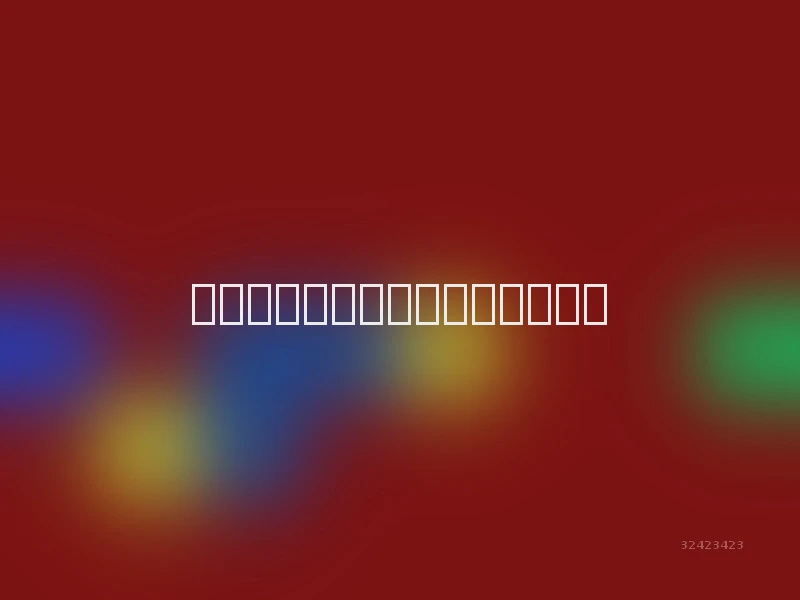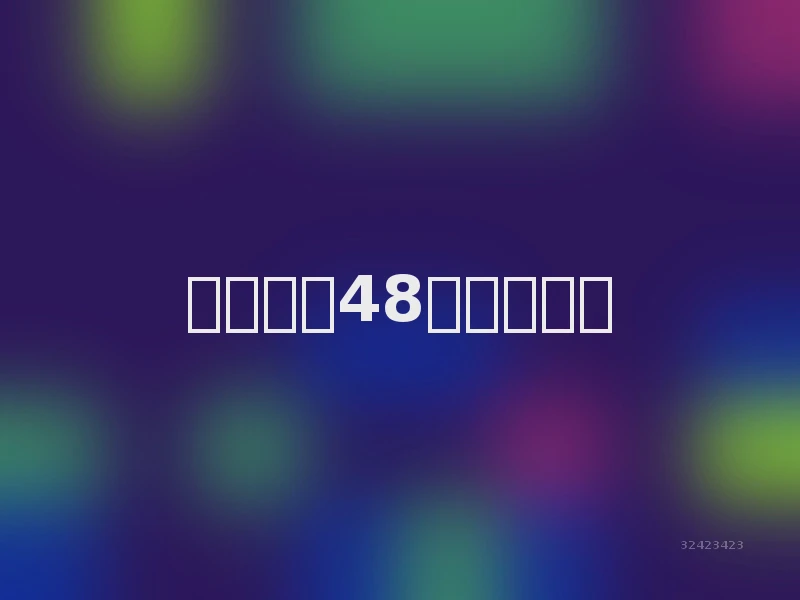How to view the electronic version of the nucleic acid test report result

The entire process of nucleic acid testing includes sample collection, preservation, storage, transportation, and testing of the sample, etc. 1. Sample collection: Swab the posterior wall and both sides of the palatine tonsils with the swab 5-10 times, and keep rotating the swab; 2. Sample preservation: Dip the swab head into the cell preservation fluid, break the tail end immediately, and then tightly close the tube cap for sample preservation; 3. Storage: After sampling, drop the swab head into the liquid in the collection tube, close the tube cap, put it into a plastic sealed bag and seal it tightly.Ensure that the information is verified correctly, then uniformly place the specimen in a specialized specimen transport box with a biological hazard label, keeping the specimen upright, and sealing the transport box.Nucleic acid extraction: Extract nucleic acids from inactivated virus samples; for subsequent detection; 4. Sample transportation: Transported by specialized sample transportation personnel.The sample should be sent to the laboratory within 4 hours after collection. If immediate inspection is not possible, the sample can be stored in a 4℃ refrigerator for up to 24 hours.5. Nucleic Acid Testing: Perform RT-PCR amplification reaction on the extract, with the reaction time approximately 70-80 minutes.After the nucleic acid test, put on your mask and leave immediately. Do not linger at the sampling point for too long.Do not discard waste at the sampling point. Continue to maintain personal protection after sampling and ensure hand hygiene.
How to calculate the 48-hour nucleic acid report

The nucleic acid test report within 48 hours in some areas is calculated based on the sampling time plus an additional 48 hours, while in some places, it is calculated based on the report time shown on the test report plus an additional 48 hours.In general, nucleic acid testing requires at least 4-6 hours to produce results.
Clinical pathological diagnosis report


